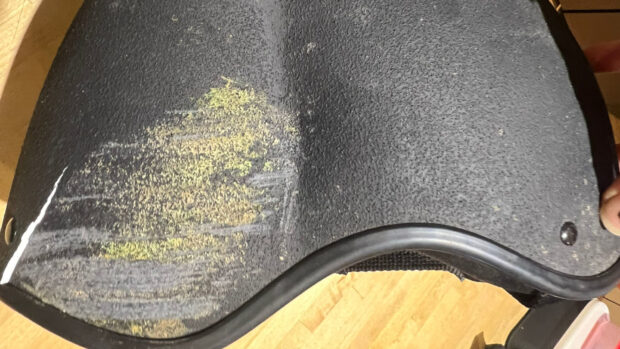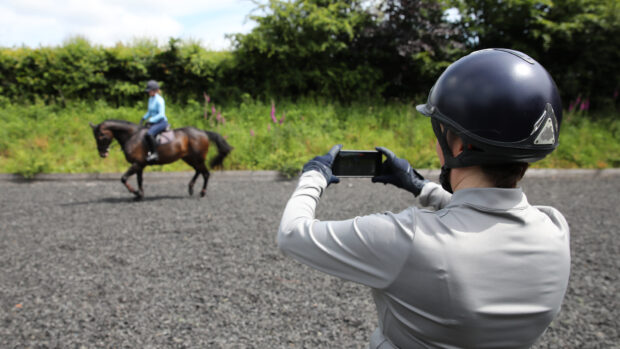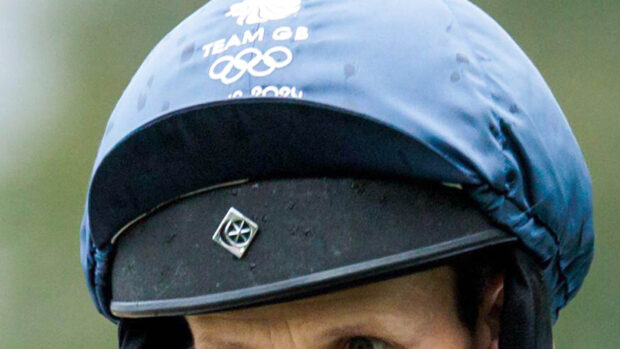You think you're doing everything right to optimise your performance in the saddle — but are you compromising your safety without even realising it? Check out our list of simple mistakes, from not drinking enough to not replacing your riding hat
1. Too many sit-ups
Equestrian athletes are prone to lower back pain, due to the stresses we place on this area. We are often told that developing core strength is important for correct posture and control in the saddle – but if you’re experiencing lower back pain, doing sit-ups can exacerbate the problem rather than help it, explains sports coach and founder of The Equestrian Athlete Plan (www.theequestrianathleteplan.com), Matt Luxon. “Sit-ups actually place massive compressive forces on the spine and over time actually force the discs out of the gap between the vertebrae,” he warns.
2. Not drinking enough water
If you’re dehydrated before you ride, or become dehydrated during riding, toxins can build up in your muscles leading to pain, and you’re at risk from headaches, asthma, constipation, joint pain and even depression, says Matt. He recommends that riders drink one litre of water per 50lbs of body weight each day to stay properly hydrated while exercising. And if you’ve been drinking alcohol the night before, then you’ll need to drink even more water, whether you feel hungover or not.
Continued below…
Sometimes it helps to have rules to live our lives by — and so here's our take on the 10

10 commandments every horse owner should live by
3. Skipping meals
It’s all too easy to forget breakfast if you’re up and out early or competition nerves kill your appetite. But you won’t perform at your best if you’re feeling faint and dizzy from lack of energy – and it may compromise your safety. “Aim for three main meals and two to three snacks per day so that you eat every three to four hours for slow-energy release and increased metabolism,” advises Matt.
4. Wearing an old or ill-fitting riding hat, or one that’s had a knock
Head injuries present a big risk to riders, so if you’re wearing a hat that doesn’t meet the current safety standards, doesn’t fit, or may have some internal damage from a previous fall, you’re taking a big gamble.
For the best possible protection Tony Palkowski, chief technical engineer at Champion, advises buying a hat with a Kitemark and getting it professionally fitted.
“A Kitemarked riding hat offers additional safety reassurance as it is tested on a continual basis, with every batch produced passing through the British Safety Institute’s rigorous testing system for each of the four main areas of testing: penetration, shock absorption, harness strength lateral deformation and stability,” he says.
“Aside from the standard that the hat is certified to, it’s important to ensure that the hat you choose fits properly and is comfortable for different head shapes and even within one brand, different styles of helmet may fit slightly differently.
“To help make sure you choose the best hat for your head, it’s essential that your hat is fitted in store by a qualified hat fitter as they will be able to guide you as to the best style and fit for your head shape and riding requirements.”
5. Not checking your tack and equipment regularly
It should be second nature to check the stitching on your stirrup leathers, girth straps and girth buckles, as well as keeping an eye on rein billets or buckles when you are cleaning your tack. But if you know you haven’t been as fastidious about this recently as you should be, make time before you next ride to do so.
Having your stirrup drop off your saddle – or even completely losing your saddle when your girth gives way – is not a situation anyone wants to experience, especially as it’s perfectly avoidable.




